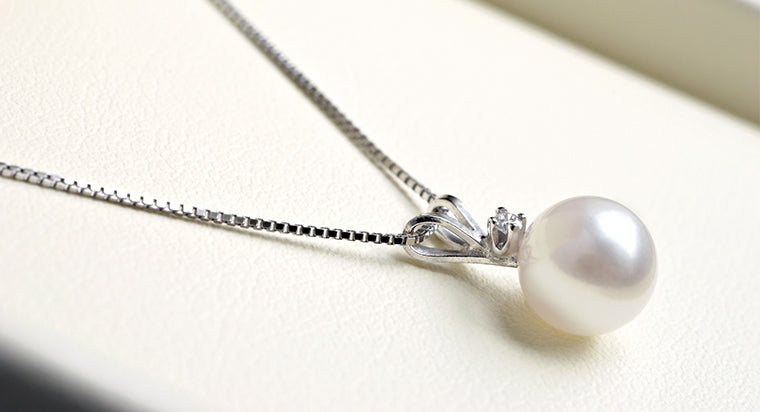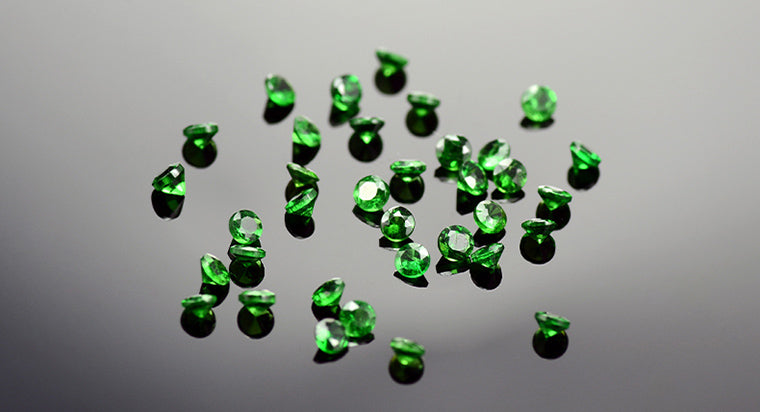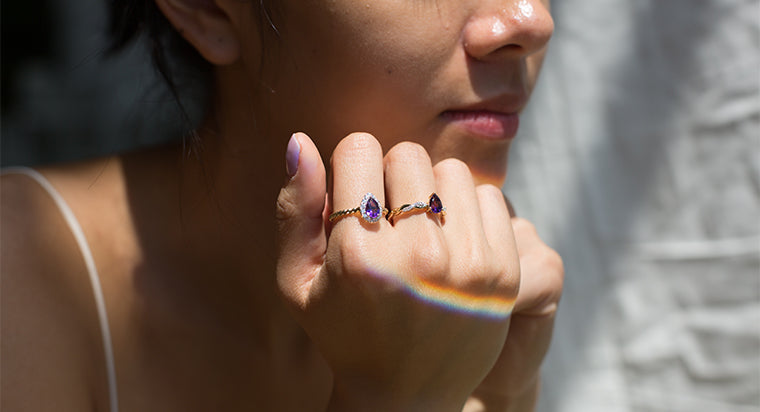Topaz Value & Worth
TABLE OF CONTENTS
What Is Topaz?
Topaz, denoted by the formula Al2(F1OH)2SiO4, is a rare silicate material. Ranging in color from pale yellow, to red, to blue, this semi precious gemstone is the birthstone associated with the month of November.
Growing in igneous rocks as crystals, topaz crystals develop as magma cools and fluorine, necessary for topaz crystal formation, is released.
Why Is It Called Topaz
There is more than one idea of how this lovely gemstone obtained its name. Some believe that the word Topaz was derived from the Greek word Topazion which comes from the Sanskrit word for fire. Others believe that the topaz is named for the Eqyptian Island, Topezos, which is located in the Red Sea. A third explanation for how the topaz gained its name, is that it is derived from the Hindu word for heat. The topaz has special significance for those who practice the Hindu religion. The topaz stone is believed to be the stone of the Kalpa Tree and is seen as one of the nine sacred stones.
Where Is Topaz Found?
Found in locations around the world, topaz has been discovered in a great many places including Brazil, Russia, Pakistan, Australia, Mexico, America, Japan, and Sweden. The largest topaz deposits are located in Brazil and Russia.
Different Types of Topaz
Imperial Topaz
One of the rarest varieties of topaz, Imperial Topaz gemstones can range in color from a warm orange to a deep rose. Also referred to as Precious Topaz, topaz of this color can be very valuable.

White Topaz
Actually clear in color, white topaz are often used as companion stones in jewelry. Although they lack some of the sparkle of diamonds, these colorless gemstones make a lovely cost effective choice for accent stones to set off a colored gemstone.

Blue Topaz
When looking for topaz jewelry shoppers are most often drawn to blue topaz. Available in a wide array of tones and saturation, blue topaz is both attractive and relatively inexpensive. The most sought after blue topaz stones are Swiss Blue, a bright blue stone with a light tone, and London Blue Topaz. London Blue Topaz stones are dark blue and have a moderate to dark tone and saturation.

What Impacts The Value of a Topaz Gemstone?
Although carat weight and clarity of the topaz gemstone will impact the value of your topaz, the single most important characteristic impacting the cost/value of a topaz stone will be the color. Pink and red colored topaz stones are the most valuable. These are closely followed by topaz stones with orange and yellow color.
Color
The color of a topaz gemstone can greatly impact their value. Representing less than 1% of facet-grade topaz, red or “Imperial Topaz” gemstones are highly prized and you can expect them to cost significantly more than topaz of other colors. Topaz gemstones gold or yellow in color are more abundant and therefore less valuable than topaz stones with red overtones.
As colorless topaz, also known as white topaz, is naturally abundant, you can find a wide variety of treated blue topaz in the marketplace. Augmented through a combination of heat and radiation, treated blue topaz can be acquired for a reasonable expense in a wide array of tones.
Carat Weight/Size
As with most gemstones, you will find that the size of the carat weight of topaz gemstones has a great deal of impact on the value of a particular stone. However, unlike many gemstones, the value of a particular topaz increases at a different rate depending upon the color. An Imperial Topaz will increase rapidly in price as the size of the gemstone increases. However, a topaz of treated blue or pale yellow color will increase significantly less in price as the carat weight increases.
Cut
As topaz crystals are unusually elongated, you will find these gemstones frequently cut into pear and oval shapes. You may expect to see strongly colored topaz gemstones cut with an emerald cut as well.
Clarity
Unlike many gemstones, topaz is generally referred to as “eye clear.” This indicates that the inclusions in the stone are not visible to the naked eye. Due to the nature of the topaz it is not graded in the same fashion as a diamond. Visible flaws in the topaz gemstone would devalue the stone.
Ring Styles
As with all gemstones, you can control some of the cost of your jewelry by how the topaz is used. Certainly a solitaire topaz may cost you more than a halo ring with a center topaz. The use of accent stones allows you to own a stunning stone of less carat size than you may need if you are going with a traditional solitaire design. Likewise, using topaz in a three-stone ring design allows you to have all of the beauty of an exceptional topaz stone without having to rely upon a single large stone.
FAQs
What color is topaz?
What is topaz?
What birthstone is topaz?
How much is topaz worth?
Is topaz expensive?









